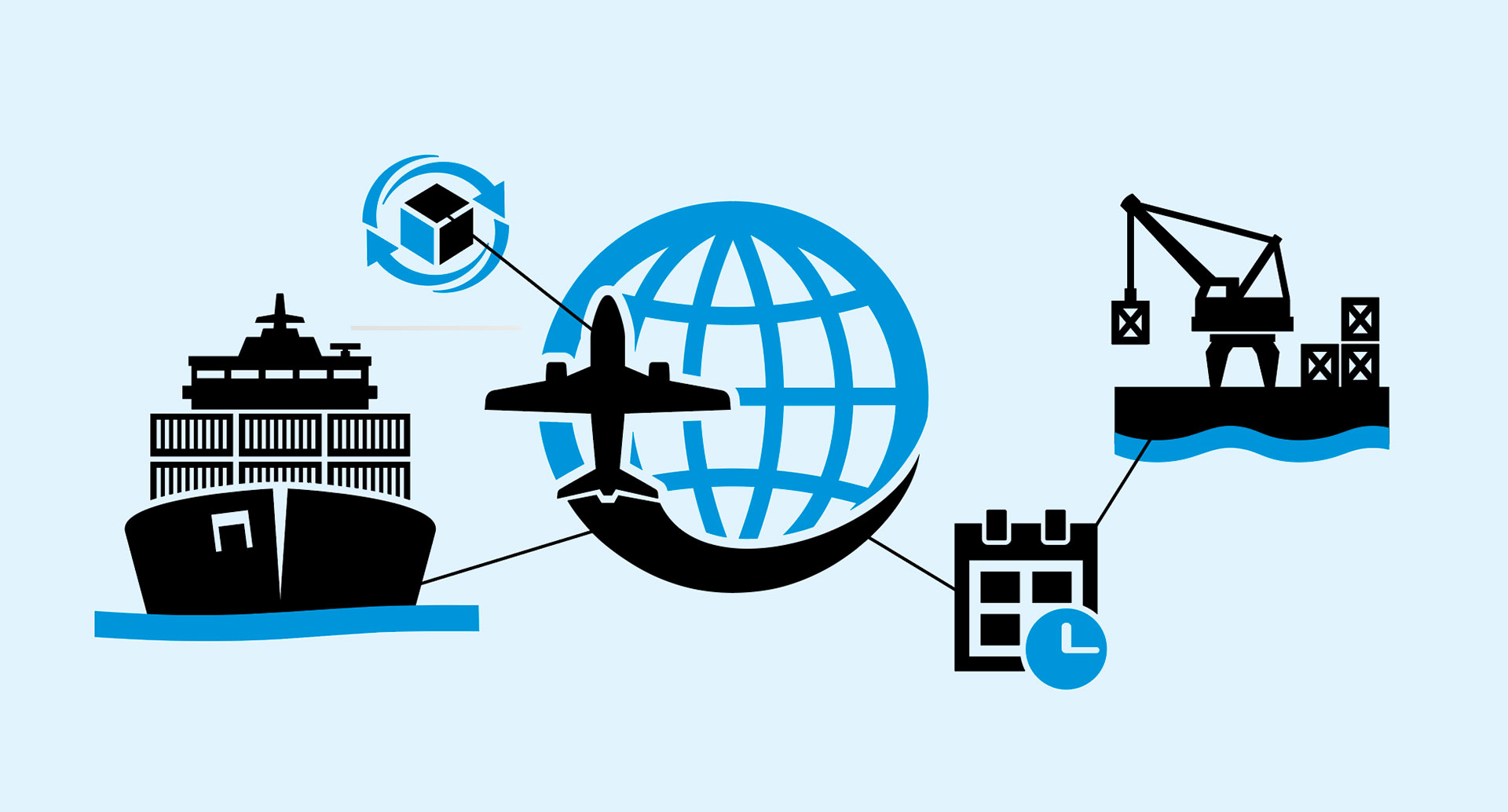Aviation conquered travel, and the internet conquered time. Together, they made the world feel smaller and permanently rewired how we live.
Some inventions reshape entire civilizations. Aviation and the internet are perhaps history’s most profound distance-killers: one conquered physical space, the other eliminated its need. Together, they’ve fundamentally rewritten what it means to live in a connected world.
When the Skies Opened: Aviation’s Revolution

The Wright brothers’ twelve-second flight in 1903 launched more than an airplane: a new era of human possibility. Before aviation, crossing the Atlantic meant weeks at sea, weather permitting. Suddenly, continents became neighbors.
The transformation was swift and sweeping. By mid-century, jet engines had turned intercontinental travel from an expedition into a commute. Business deals that once required months of planning could happen over a weekend. Remote destinations became accessible vacation spots. Physical geography, which had dictated the flow of human civilization for millennia, lost much of its power.
Aviation created the first truly global citizens: executives who lived between time zones, students who collected degrees from multiple continents, families scattered across oceans yet closer than ever.
The Digital Leap: When Distance Became Irrelevant

While planes conquered miles, the internet conquered something more fundamental: the concept of “here” and “there.” Information, once bound by the speed of horses, ships, and planes, now travels at light speed through fiber optic cables.
The implications proved staggering. A software developer in Lagos can push code to servers in Oregon while collaborating with designers in Stockholm, all in real time. Students attend lectures streamed from universities they’ll never visit. Entrepreneurs build global businesses from their kitchen tables.
The internet didn’t just make communication faster; it made location increasingly meaningless for entire categories of human activity.
The Convergence Effect

These two technologies don’t just coexist; they multiply each other’s impact. Modern aviation depends on internet-based systems for everything from booking engines to air traffic control. Meanwhile, planes physically transport the hardware, engineers, and components that keep the internet running.
This convergence birthed the modern global economy. Cities like Singapore, Dubai, and Amsterdam became powerhouses not through natural resources or historical accident, but by positioning themselves at the intersection of major flight routes and internet infrastructure.
Living in a Post-Geographic World

Today’s reality would seem impossible to previous generations: multinational companies with no headquarters, relationships that span continents, supply chains that circle the globe overnight. A fashion designer in Europe can sell to customers in Montreal, manufacture in Vietnam, and ship via Dubai, all coordinated through servers in Ireland.
Physical borders persist, but economic and social borders have largely dissolved. For knowledge workers, geography has become more of a lifestyle choice than a financial necessity.
Beyond Shrinking: A New Kind of Closeness

Aviation made the world smaller, but the internet made it immediate. Together, they’ve created something unprecedented in human history: genuine global connectivity at both physical and digital levels.
We’re not just living in a more connected world; we’re living in the first truly post-geographic civilization, where distance has lost much of its power to separate us. The question isn’t whether we can reach someone or somewhere, but whether we choose to.
This represents more than technological progress. It’s a fundamental shift in what it means to be human in an interconnected age, where “local” and “global” increasingly blur, and the barriers that once defined our possibilities continue to dissolve.

